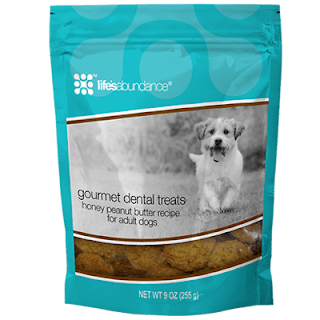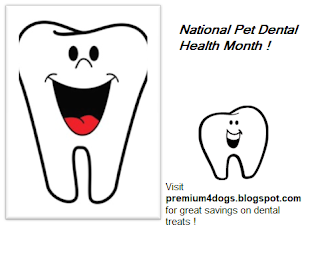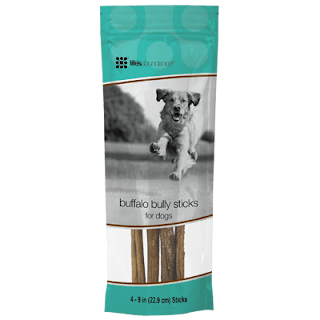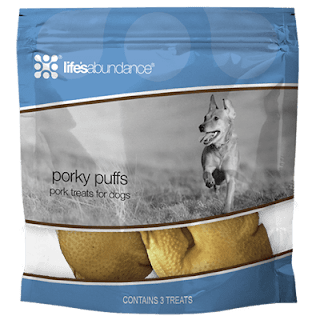Let's play 'True or False' with our staff veterinarian, Dr. Jessica Vogelsang!
When I say “puppy breath,” what do you think of? It’s most likely a pleasant thought, right? People like puppy breath (well, at least dog lovers do!)
Now what about when I say “dog breath?” Not such a great thought! No one wants to be told they have dog breath, not even a dog. So what causes the transformation from the sweet smell of puppy breath to the putrid stench of dog breath?
It’s easy to combat bad breath with
dental treats, but it’s important to monitor your pet’s complete oral health on a regular basis. Did you know that medical conditions such as kidney disease, diabetes, and liver disease can also manifest in the breath?
In honor of February being
National Pet Dental Health Month, we’re going to play ‘True or False’ to see what you know about your pet's pearly whites!
“Only old dogs and cats get dental disease.”
False: While dental disease is obviously more severe in older pets who have had years to accumulate the effects of periodontal disease, over 80% of dogs and 70% of cats develop oral disease by the age of three. This is why it’s so important to begin preventive care early in life!
“It’s time to get your dog’s teeth cleaned when you can start seeing buildup.”
False: Dental disease is a progression that begins with signs invisible to the naked eye. The bacteria in our mouths combine with food bits to produce the invisible sticky film called plaque, which coats the teeth and sneaks up beneath the gum line. Over time, this plaque hardens into tartar, the visible brown stuff you can see on your pet’s teeth.
This stews below the gumline and causes gingivitis, which results in the inflamed reddened gums most commonly visible on the back teeth. Left untreated, the bacteria begin to wreak havoc on the tissues and bone underneath the gums, and that’s when things get ugly.
“Anesthesia-free dental cleanings are almost as good as a full cleaning.”
False: Now we’re getting into rough waters. Dogs and cats need anesthesia in order to have a full dental cleaning, because no pet likes the feeling of a dental scaler plunging into their sore gums. I mean, who can blame them?
Without anesthesia, cleanings are limited to scraping off the plaque you can see with the naked eye. This type of cleaning makes the teeth look better, but they’re often no healthier afterwards. It’s like cutting a weed and leaving all the roots — it looks better temporarily, but you haven’t done anything to stop it from spreading.
“Some dogs are more prone to dental disease than others.”
True: Short-nosed breeds such as pugs and French bulldogs are more prone to disease due to their propensity for teeth overcrowding and misalignment. This creates a big net for food debris to stick around, no pun intended.
Small dogs such as Yorkies, Chihuahuas, Poodles, and Cavalier King Charles Spaniels also develop dental disease earlier in life. Their small mouths just struggle to fit all 42 teeth and often end up misaligned. Breeds such as Dachshunds, Boxers, and Shih Tzus have genetic quirks that impact their dental health as well.
“My vet’s going to judge me for this and it’s stressing me out.”
False (I hope!): Being vets, we are accustomed to seeing significant diseases. I don’t care about anything except helping the pet feel better! Everyone who comes into the clinic has done a tremendous thing by coming in and getting treatment.
I can’t speak for every veterinarian on this earth, but I do know without a relationship of trust and working together, you’re not going to get the optimal results for your pet. If you don’t have a strong honest relationship, for whatever reason, I’d highly encourage you to seek out another provider. It’s fine! Both you and your pet deserve that bond.
---
Dr. Jessica Vogelsang, DVM
Dr V















